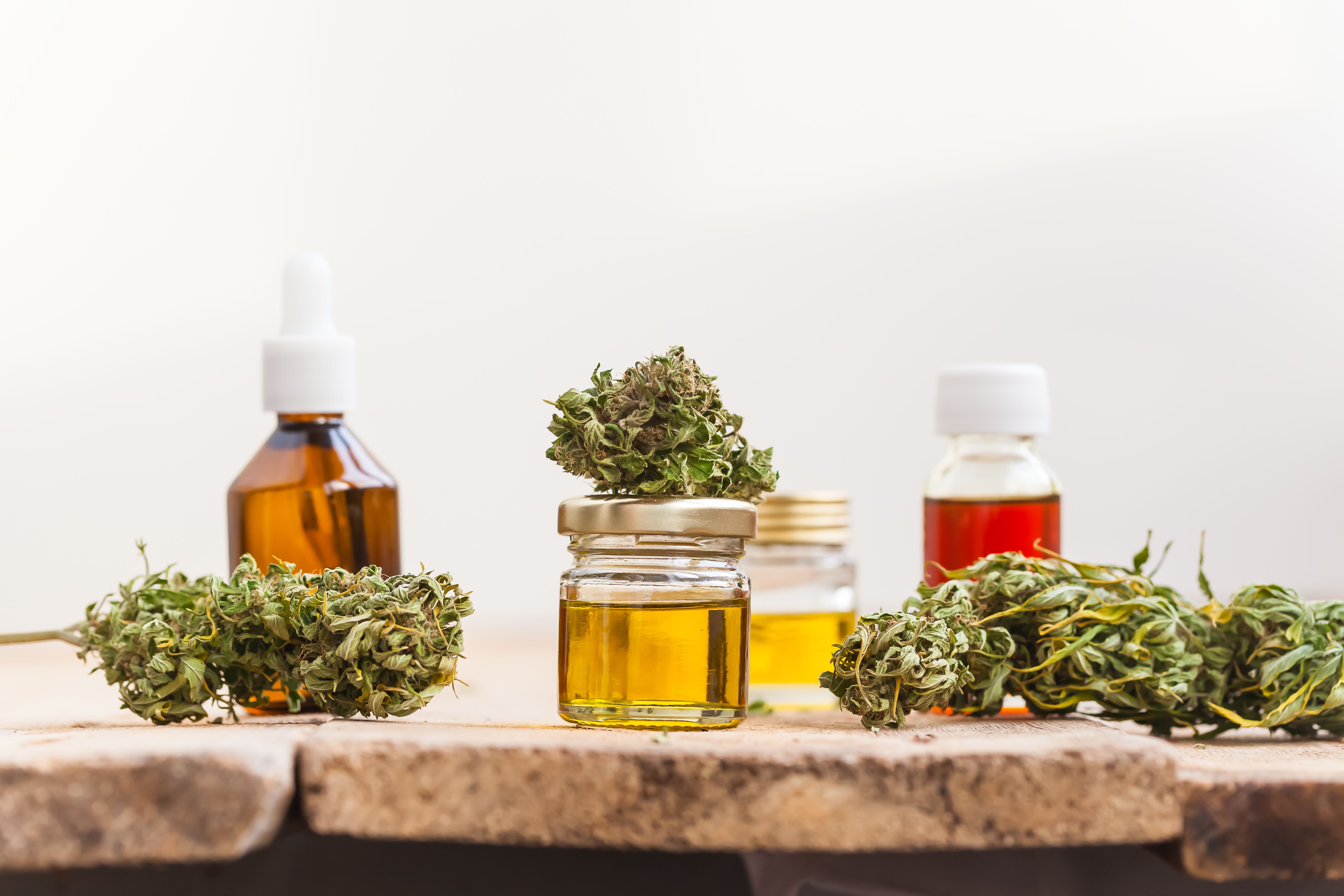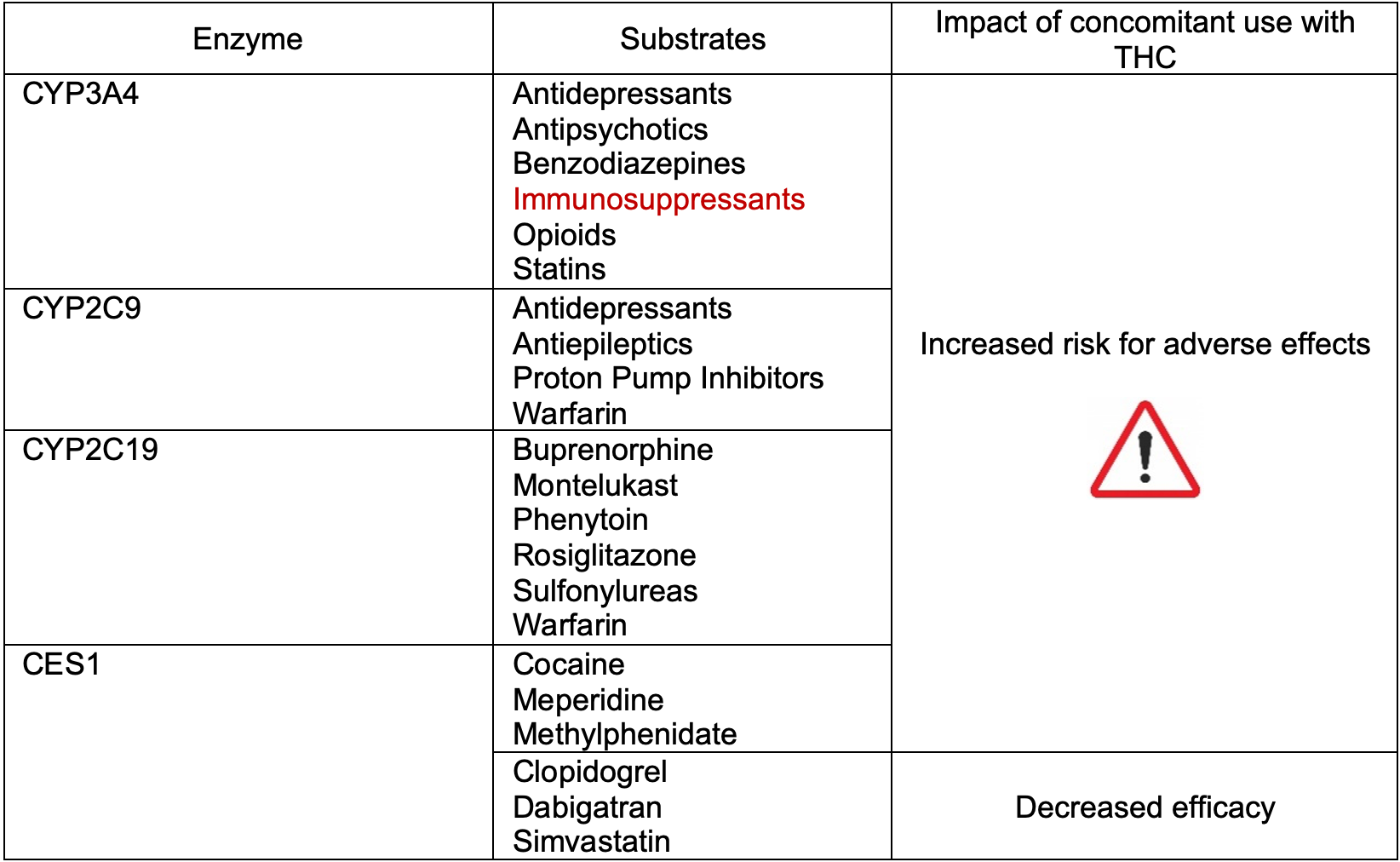Clinical Overview: Cannabis May Interact With Prescription Medications
An increase in cannabis use has led to growing concerns surrounding interactions between its components, THC and CBD, and prescription medications.
Cannabis use has become increasingly more common throughout the United States. According to the CDC, nearly 1 in 5 adults reported using cannabis at least once in 2019.1
Image credit: Elroi | stock.adobe.com

In addition, as of June 2023, 23 states, 2 territories, and the District of Columbia have legalized its recreational use.2 With the increase in cannabis use, concerns surrounding interactions between its components (tetrahydrocannabinol [THC] and cannabidiol [CBD]) and prescription medications are becoming increasingly relevant.
Medications that are substrates of cytochrome P450 (CYP), glycoprotein P (P-gp), and other drug transporters (summarized in the table below) may theoretically interact with cannabis. In vitro studies have shown that both THC and CBD competitively inhibit several of these enzymes that are responsible for the metabolism of many prescription drugs.3,4
Table 1. Summary of major drug interactions with THC5

One of Many Patient Populations at Risk: Solid Organ Transplant Recipients
CBD has been reported to interact with a few of the main immunosuppressant medications that serve as life-long therapy for patients who have received a solid organ transplant. Specifically, CBD has been shown to affect the metabolism of calcineurin inhibitors and mTOR inhibitors, such as cyclosporine, tacrolimus, sirolimus, and everolimus, resulting in an increase in serum blood levels of each of these medications that can lead to toxic adverse effects (AEs).6
One specific example of this is a case report of a 32-year-old participant in a CBD clinical trial for refractory epilepsy who was also receiving tacrolimus. The patient had a 3-fold increase in dose-normalized tacrolimus concentrations while receiving 2000-2900 mg/day of CBD.7
The management of serum tacrolimus trough levels can be challenging in patients who concomitantly use cannabis due to a lack in regulation of available products at this time. The dose, route, and frequency of cannabis use highly influences the extent of interaction.8
Risk by Product Formulation
Routes of administration for cannabis include inhalation (smoking), oral consumption, and topical application with the highest risk for AEs associated with inhalation. Both THC and CBD are rapidly absorbed following inhalation, increasing the mean dose-normalized maximum concentration by greater than 3-35 times when compared with oral consumption.
Oral formulations pose a moderate risk for interaction and topical application poses the lowest risk.8 Available topical formulations include cream, gel, oil, and transdermal patches.
Figure 1. Adverse reaction risk by cannabis product formulation

About the Authors
Katherine Kreusel, BSPS, PharmD Candidate, University of Mississippi Class of 2025.
Preceptors: Karen Kolbet, PharmD, and Linda Huang, PharmD, BCPS, BCACP.
References
- Marijuana and Public Health: Data and Statistics. Centers for Disease Control and Prevention. Updated June 8, 2021. Accessed June 15, 2023. https://www.cdc.gov/marijuana/data-statistics.htm
- State Medical Cannabis Laws. National Conference of State Legislatures. Updated June 22, 2023. Accessed July 12, 2023. https://www.ncsl.org/health/state-medical-cannabis-laws
- Iffland K, Grotenhermen F. An Update on Safety and Side Effects of Cannabidiol: A Review of Clinical Data and Relevant Animal Studies. Cannabis Cannabinoid Res. 2017;2(1):139-154. Published 2017 Jun 1. doi:10.1089/can.2016.0034
- Lopera V, Rodríguez A, Amariles P. Clinical Relevance of Drug Interactions with Cannabis: A Systematic Review. J Clin Med. 2022;11(5):1154. Published 2022 Feb 22. doi:10.3390/jcm11051154
- Brown JD. Potential Adverse Drug Events with Tetrahydrocannabinol (THC) Due to Drug-Drug Interactions. J Clin Med. 2020;9(4):919. Published 2020 Mar 27. doi:10.3390/jcm9040919
- Balachandran P, Elsohly M, Hill KP. Cannabidiol Interactions with Medications, Illicit Substances, and Alcohol: a Comprehensive Review. J Gen Intern Med. 2021;36(7):2074-2084. doi:10.1007/s11606-020-06504-8
- Leino AD, Emoto C, Fukuda T, Privitera M, Vinks AA, Alloway RR. Evidence of a clinically significant drug-drug interaction between cannabidiol and tacrolimus. Am J Transplant. 2019;19(10):2944-2948. doi:10.1111/ajt.15398
- Melaragno JI, Bowman LJ, Park JM, et al. The Clinical Conundrum of Cannabis: Current Practices and Recommendations for Transplant Clinicians: An Opinion of the Immunology/Transplantation PRN of the American College of Clinical Pharmacy. Transplantation. 2021;105(2):291-299. doi:10.1097/TP.0000000000003309
